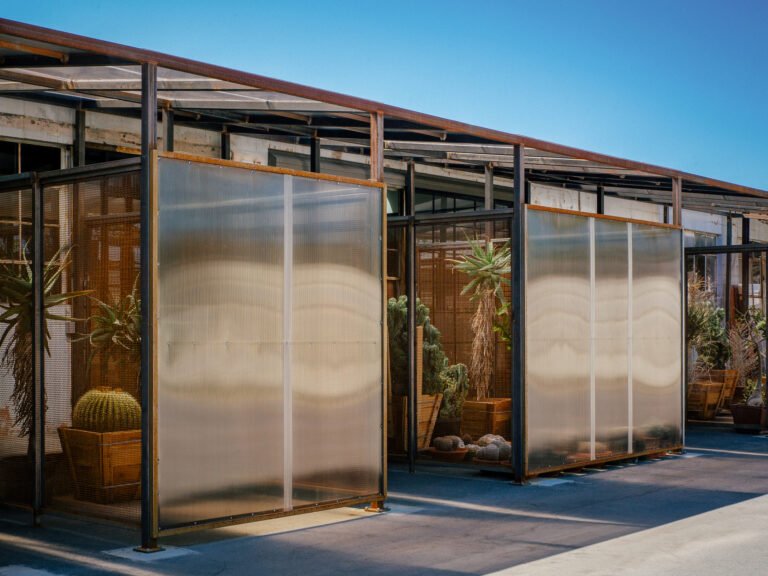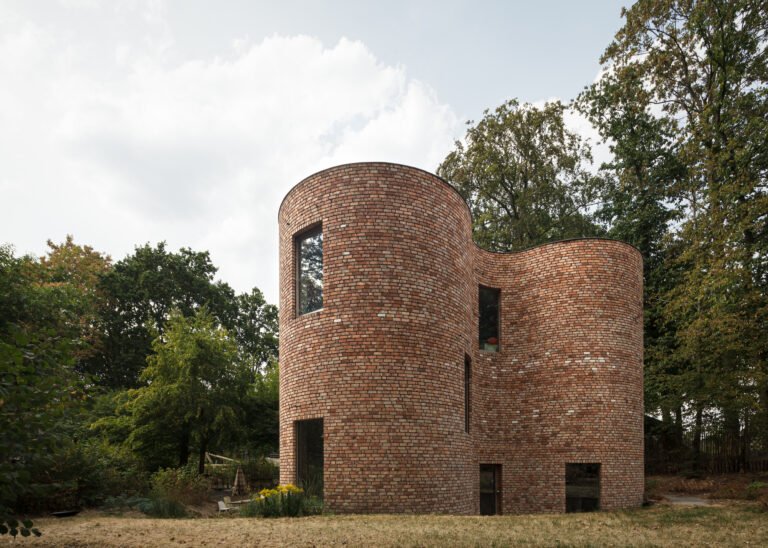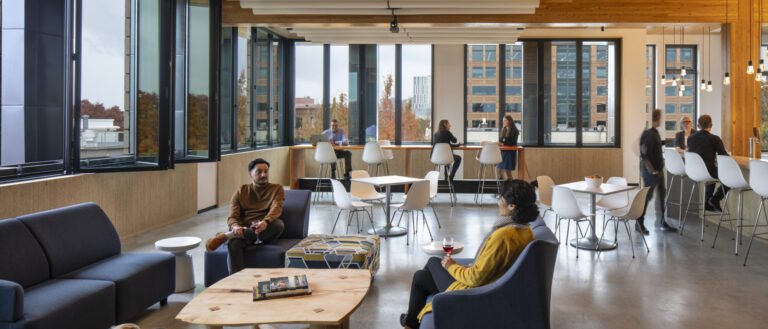How to Add Wall Texture to Your Space
Does the idea of wall texture instantly transport you to the popcorn ceilings of your childhood home? Though popcorn texture is certainly a common example, it turns out that your DIY project with textured paint can go far beyond that dated interpretation. Whether you’re a home improvement all-star or just an aspiring DIY enthusiast, textured paint has a lot of great features that can take a space’s aesthetic to the next level.
“Textured paint is ideal for rooms where you want the walls to tell a story,” says Lisa Rickert, cofounder and principal designer at Jolie Home. “Maybe it’s a story of age and patina, or maybe it’s simply to bring texture and warmth to a space. The most common textured paint finishes can look like suede, plaster, or layers of paint to emulate a long history.”
Whether you’re raring to go or hesitant to kick off your textured paint journey, take a look at several of our FAQs that will take you from a newbie to a seasoned DIY’er in no time.
Why Textured Paint?
Think of your wall surface like a photograph. In the same way an Instagram filter can transform how a picture is interpreted by the viewer, wall texture is a unique means of transforming how an entire wall is seen in the space.
“Apps will help you add filters to your photos, and textured paint will filter your wall surface by diffusing light differently than a smooth, flat finish,” says Kate Ziegler, a realtor with Coldwell Banker Lifestyles in New London, New Hampshire, and Arborview Realty in Boston. “In a less pragmatic case, textured paint can also add visual interest, especially in spaces with [not a lot of] ornate architectural details.”
There are also plenty of functional benefits to textured paint. Consider its ability to disguise the flaws you don’t want to emphasize in your plaster walls or drywall texture. Perhaps you’re not able to re-drywall or don’t want to bother. “Textured paint is great for surfaces that have existing imperfections,” Rickert says. “Instead of fixing them, you can hide them.” It’s a means of embracing the unsightly blemishes and transforming them into something new. Often, the pursuit adds uniqueness to an interior wall that could use a little pop.
Types of Textured Paint
One of the greatest assets of textured paint is its tremendous potential. There is no singular way to add texture to your walls. Instead, you can embrace an interior design style from across a wide gamut. Perhaps you’re looking to create a skip trowel texture, which uses a thin layer of joint compound and a trowel to add dimension with a fun decorative appeal.






